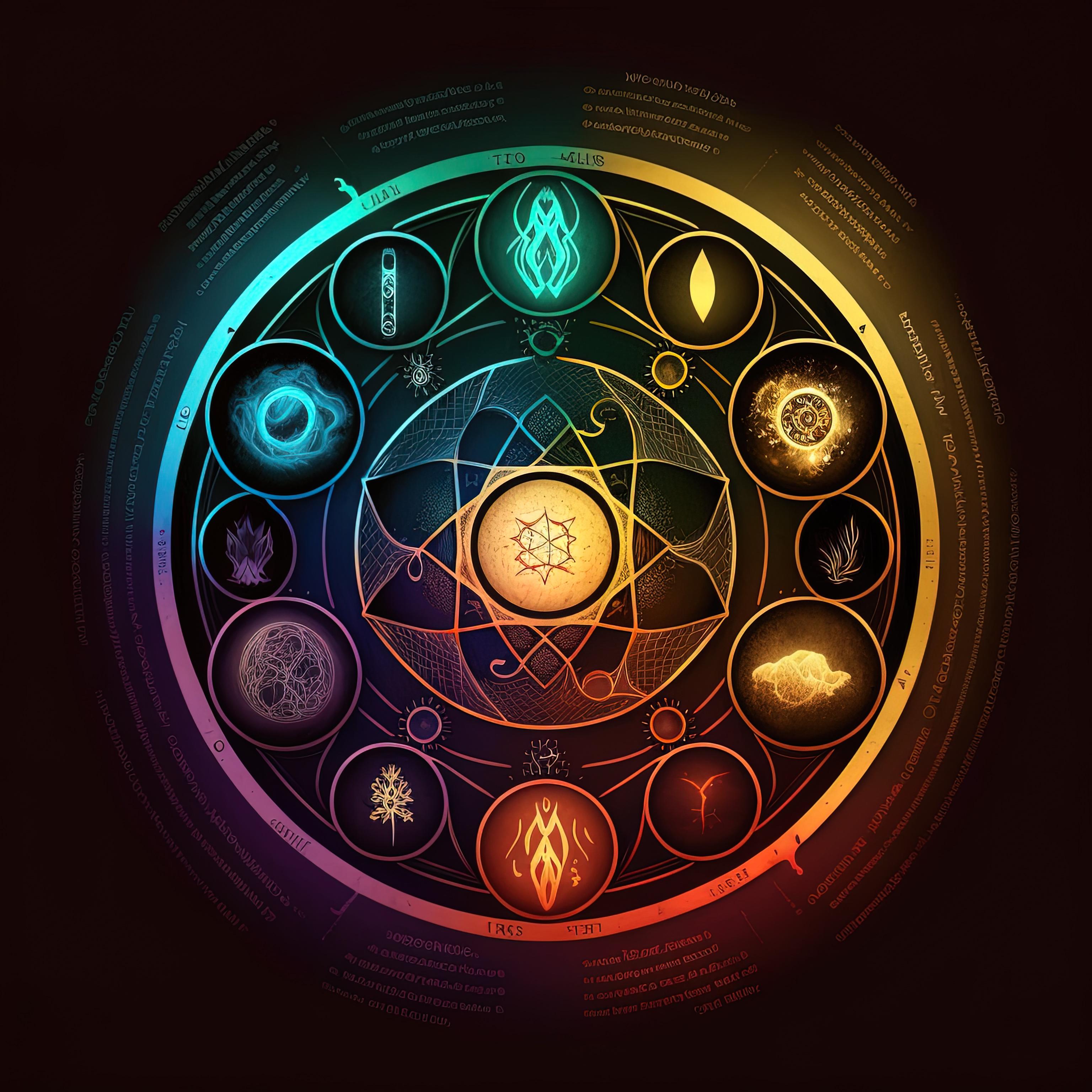The Magic Flute
"The Magic Flute" is a famous opera by Wolfgang Amadeus Mozart with a libretto by Emanuel Schikaneder. It premiered in Vienna in 1791 and is today one of the best-known and most frequently performed works in opera history.
The opera is a Singspiel, meaning it contains both sung and spoken parts. It combines various musical styles, including arias, duets, and choral passages, often with a mixture of seriousness and humor.
Plot:
The plot of "The Magic Flute" is deeply symbolic and contains elements of mythology, Freemasonry, and philosophy. It follows the adventures of the young Prince Tamino, who is commissioned by the Queen of the Night to rescue her daughter Pamina from the clutches of the priest Sarastro. Tamino embarks on a journey full of trials, accompanied by the merrily fowler Papageno, who pursues a simpler, more worldly goal: to find a wife and live happily ever after.
As the story progresses, it becomes clear that Sarastro is not the villain, as he initially appears, but a wise priest who embodies a higher truth and wisdom. The trials that Tamino and Pamina must endure symbolize the path to enlightenment and spiritual realization. The Magic Flute itself has a magical significance and serves as an instrument that facilitates the path to this higher understanding.
Themes and Symbols:
Freemasonry: The opera contains numerous Masonic symbols and values, such as the search for truth, wisdom, and virtue.
Light and Darkness: The dual concepts of light and darkness are central themes in the opera and are reflected in the characters of the Queen of the Night (symbolizing darkness and chaos) and Sarastro (symbolizing light and wisdom).
Love and Trials: The love between Tamino and Pamina is repeatedly put to the test, symbolizing the path to spiritual enlightenment.
Musical Highlights:
"The Magic Flute" contains some of Mozart's most well-known and impressive music. The most famous arias include:
"Der Hölle Rache" (Queen of the Night's aria), famous for its high and demanding vocal technique.
"Ein Mädchen oder Weibchen" (Papageno's aria), a cheerful and folksy melody.
"Dies Bildnis ist bezaubernd schön" (Tamino's aria), expressing his love for Pamina.
"The Magic Flute" remains one of the greatest masterpieces of the opera world, captivating both for its musical beauty and the depth of its philosophical and symbolic meaning.
Weiterführende Links:
Links:




